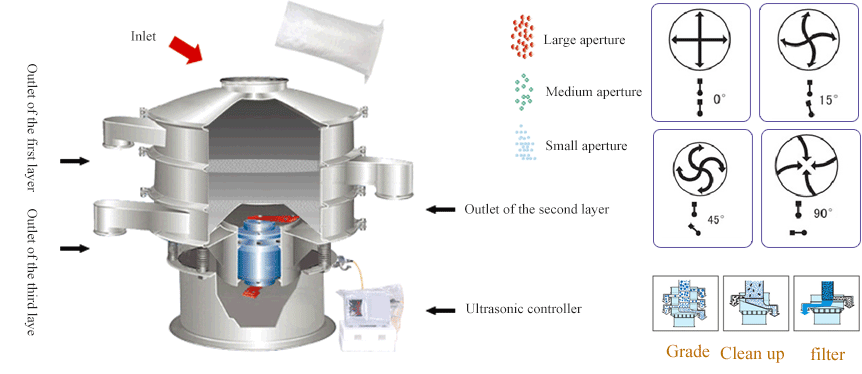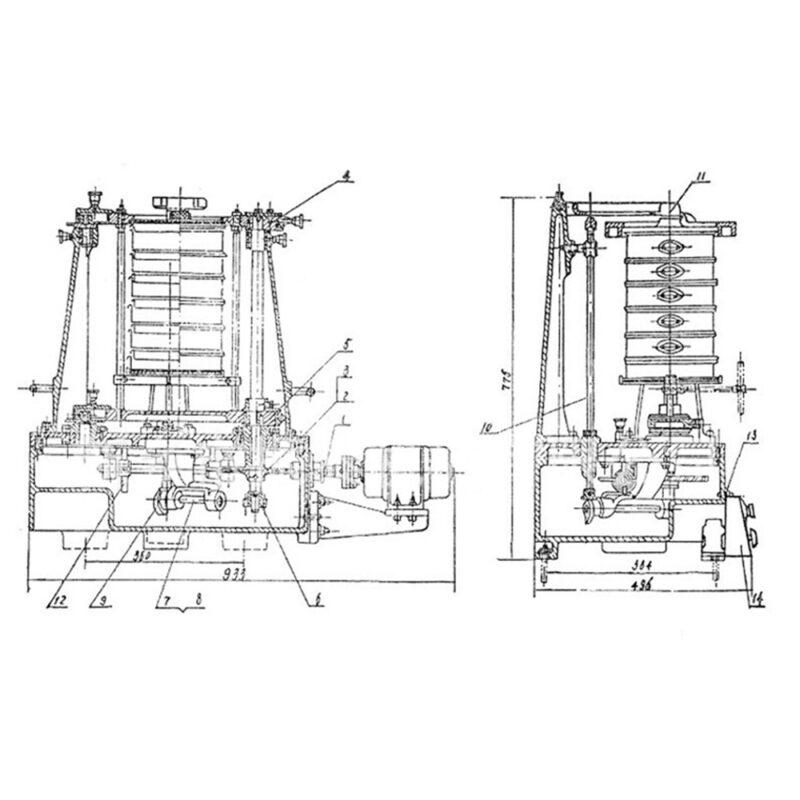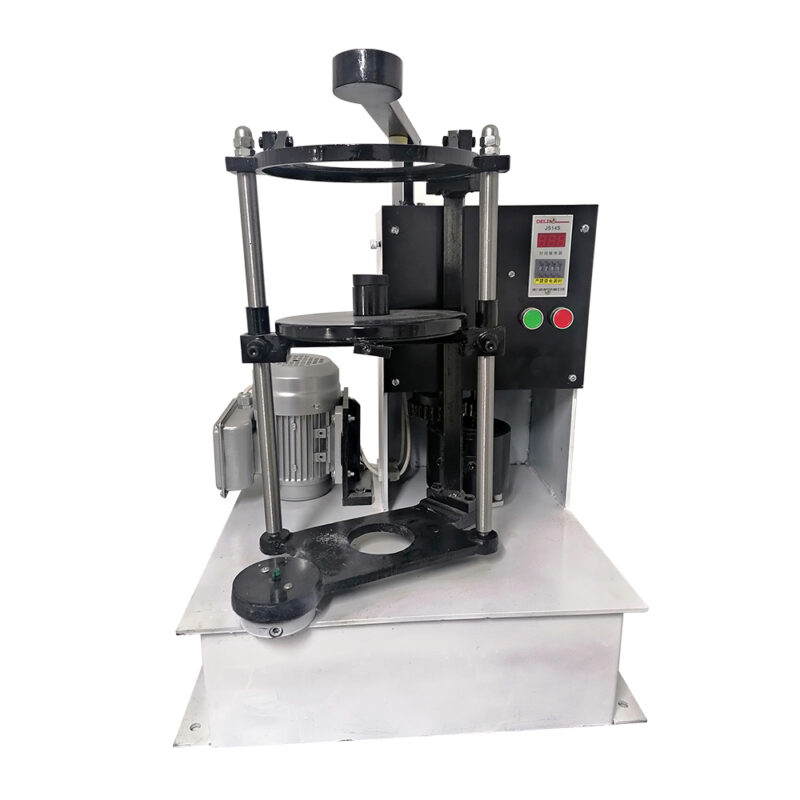1. Integrating Vibratory Screeners and Ultrasonic Sifters for Superior Results
Integrating vibratory screeners with ultrasonic sifters can significantly enhance laboratory performance, particularly in material analysis. Each technology has its strengths, and when combined, they create a powerful solution for achieving optimal particle separation and size classification.
Vibratory screeners provide a robust method for initial separation, handling large volumes of material with ease. They effectively move particles across the screen, ensuring a consistent flow and preventing clogging. However, they can struggle with very fine materials, which often tend to agglomerate and block the mesh openings. This is where ultrasonic sifters come into play.

Ultrasonic sifters introduce high-frequency vibrations into the screening process, preventing fine particles from clumping together and allowing them to pass through the mesh more efficiently. By integrating these two technologies, labs can process a wider range of materials with greater accuracy. The vibratory screener handles the bulk material flow, while the ultrasonic sifter ensures that the fine particles are efficiently sorted and classified.
This integration not only increases throughput but also improves the quality of the final product. For example, in pharmaceutical applications, maintaining precise particle size distribution is crucial for drug efficacy. By combining these technologies, laboratories can enhance their analytical capabilities, reduce downtime, and ultimately achieve superior results in their testing and production processes.
2. Case Studies: Ultrasonic Sieve Shaker Success in Pharmaceutical Labs
Numerous pharmaceutical labs have successfully implemented ultrasonic sieve shaker technology, showcasing its benefits in real-world applications. One notable case involved a leading pharmaceutical manufacturer that faced challenges in achieving consistent particle sizes for its powdered medications. Traditional sifting methods were inadequate, leading to variability in product quality and compliance issues.

After integrating ultrasonic sieve shakers into their process, the lab observed a remarkable improvement. The ultrasonic technology allowed for more precise control over particle sizes, significantly reducing agglomeration and ensuring that all particles passed through the sieve efficiently. As a result, the lab not only improved its product quality but also increased production efficiency, ultimately meeting regulatory standards more consistently.
Another case study highlighted a research lab specializing in developing new drug formulations. They required a reliable method for analyzing the particle size distribution of their compounds. By employing ultrasonic sieve shakers, they were able to achieve accurate and reproducible results in a shorter timeframe. This efficiency not only accelerated their research and development processes but also enhanced their ability to bring new products to market quickly.
These case studies demonstrate how ultrasonic sieve shaker technology can address specific challenges within pharmaceutical labs, leading to improved accuracy, efficiency, and compliance with industry standards.
3. Future Trends: Innovations in Ultrasonic Sieve Technology for Pharmaceuticals
The field of ultrasonic sieve technology is continually evolving, driven by the demands of the pharmaceutical industry for greater precision, efficiency, and reliability. One of the most exciting trends is the integration of advanced sensors and automation. Modern ultrasonic sieve shakers can now incorporate real-time monitoring systems that provide data on particle size distribution, flow rates, and even material characteristics. This capability allows labs to make informed adjustments on the fly, optimizing the sifting process and improving overall accuracy.

Another trend is the development of more hygienic designs. As cleanliness is paramount in pharmaceutical applications, manufacturers are focusing on creating ultrasonic sieve shakers with smoother surfaces and fewer crevices, making them easier to clean and reducing the risk of contamination. This is critical for maintaining compliance with stringent regulatory requirements in the pharmaceutical industry.
Additionally, advancements in materials used for both the screens and the ultrasonic components are enhancing the durability and efficiency of these machines. New composites and coatings can withstand harsher cleaning protocols, ensuring longevity and consistent performance over time.

Finally, the trend towards sustainability is influencing the design of ultrasonic sieve shakers. Manufacturers are exploring energy-efficient models that consume less power while maintaining high performance levels. This shift not only benefits the environment but also reduces operational costs for labs.
As these innovations continue to unfold, ultrasonic sieve technology is set to play an increasingly vital role in the pharmaceutical industry, providing labs with the tools they need to enhance their performance, ensure product quality, and adapt to ever-changing market demands.
